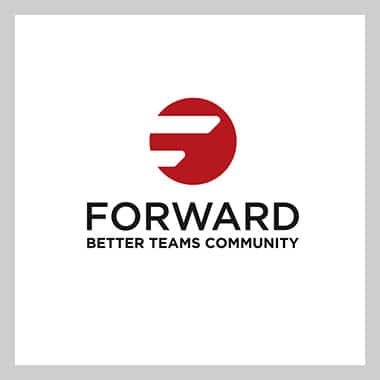When a group of individual minds are coordinated and function in harmony, the increased energy created through that alliance becomes available to every individual in the group.
Napoleon Hill
Mastermind Groups
Mastermind groups have significantly influenced my thinking and professional development in the last decade. I have been fortunate to have been involved in two Mastermind groups. One group met for 3 years, and the other 5 years. The experiences and resulting relationships has been invaluable to me and I’d like to tell you more about what a Mastermind group is, why it is so beneficial, and how you might go about forming your own.
What is a Mastermind Group?
A carefully selected peer group who meets on a regular basis with the intent to help each other grow personally and professionally by:
- Supporting and encouraging each other,
- Giving and receiving tough feedback, and,
- Sharing resources and advice.
Think of it as peer mentoring or a CEO Roundtable group. A group where you give as much as you can but receive even more in kind.
Why do I need a Mastermind Group?
We all benefit from feedback and fresh perspectives. A Mastermind Group is a safe place to ask challenging questions and share difficult problems that may not be appropriate to discuss at work. Receiving candid feedback and coaching from an objective and wise group that you trust and respect helps you to resolve your issues much faster (and often with better results) than if you try to solve it by yourself.
How do I structure a Mastermind Meeting?
It really depends on how your group wants to set it up. Both my groups chose to divide our meeting time by the number of participants. Each person had a designated time to share a challenging situation or a budding initiative in order to get feedback and perspectives from the others on how to move forward.
The more people you have in your group, the more time you will need for your meetings. My first group had four people and we met for 2-3 hours once a month, my second group had seven people and we met from 8:30am – 3:00pm every other month.
Here is an example of how a Mastermind meeting might flow:
- Find a comfortable and private place to Mastermind.
- Once settled, quickly divide the remaining time (minus a break) by the number of people in the group. (Ideally 30+ minutes per person.)
- The person going first sets the timer and tells the group his/her issue or challenge as well as how the group can help. This should take no longer than 5 minutes.
- Next, the group asks clarifying questions to ensure they all have a good understanding of the issue and the person’s need from the group. Do not begin solving the problem until it is clearly understood by everyone.
- The remaining time is spent with the group asking challenging questions, offering resources, making recommendations and/or sharing insights.
- When the timer goes off it is important to make an abrupt stop so that everyone will receive their full time. If time runs out before you are able to respond, you may write your response down and/or reach out later to continue the conversation.
Below are some Ground Rules that I have found helpful in my groups:
- Be strict and use a timer with an alarm so that everyone has their full time and the group still finishes on time.
- Keep the conversation focused on the person who shares the problem – it is all about them and their issue during their time.
- Self-regulate. Be careful not to dominate the time. Be brief with your responses and let everyone have an opportunity to contribute.
- When it is your turn, you control the timer and the conversation. Redirect the others as needed to ensure you are getting feedback that will help you.
- When it is your turn, practice listening to the feedback you are receiving and simply say “Thank you” to allow others more time to give you input. The more you talk, the less time you will have to hear from everyone else. The value in this exercise is hearing a variety of fresh perspectives.
Who should I select to be in my Mastermind Group?
Choose people who you admire, trust and respect. Select people who are achievers and givers. Invite people who will come with open, yet diverse opinions, perspectives and skill sets. It is also critical to find people who are willing to commit to the group for at least a year at a time.
If you like the idea, but you (or others) are hesitant to commit to a year, I encourage you to try one meeting to test it out and be sure everyone finds it valuable and the group has good chemistry.
These Mastermind groups have been tremendously valuable to me over the years. In addition to helping me think through big decisions and stretch myself, I have developed deep and enduring friendships.
If you have any questions about how to do this – just type them in the comment box below or email me at [email protected] and I will be happy to help you get started.
About the Author: Leigh Ann Rodgers, Founder of Better Teams and Forward, is an IAF Certified Professional Facilitator with 20 years of experience in the human development field. Leigh Ann is a skilled meeting facilitator, trainer, and coach working across the globe to help leaders cultivate teams that are happy and high-performing.Learn. Share. Practice. Move FORWARD. Join the Better Teams community, FORWARD, to network and grow with some of the most experienced professionals in the field of team building and facilitation. LEARN MORE


2 Responses
Thank you so much for sharing your talents and experience with us!!! Very useful information.
Thank you Cindy – I’m so glad you find it useful!